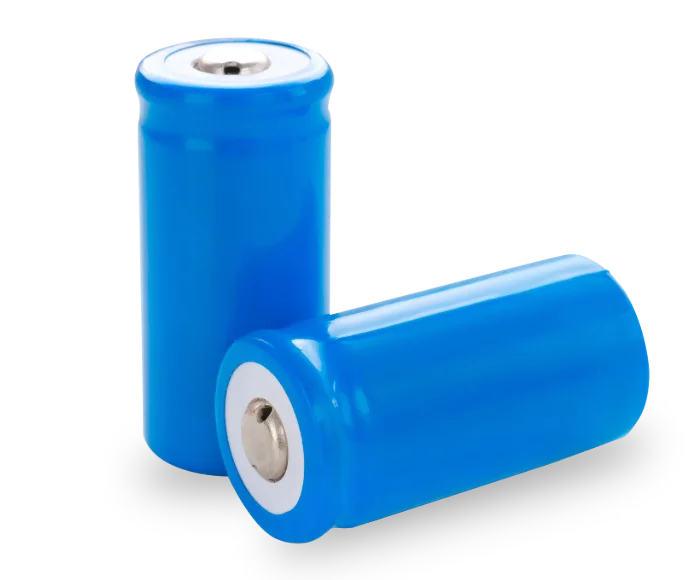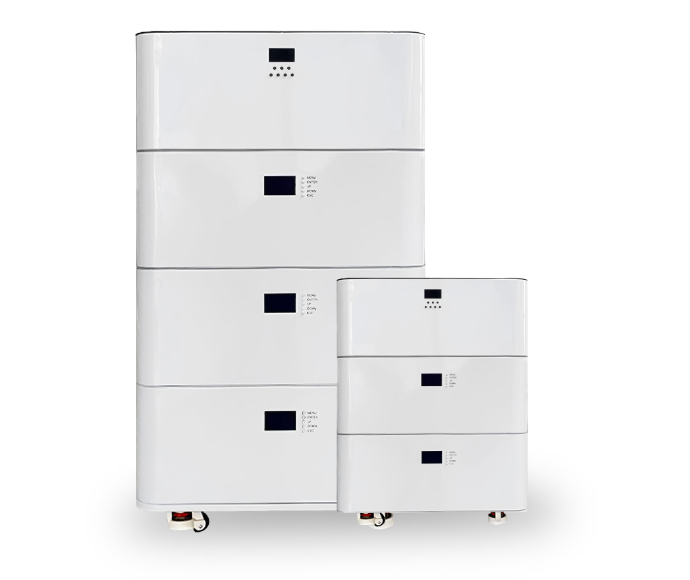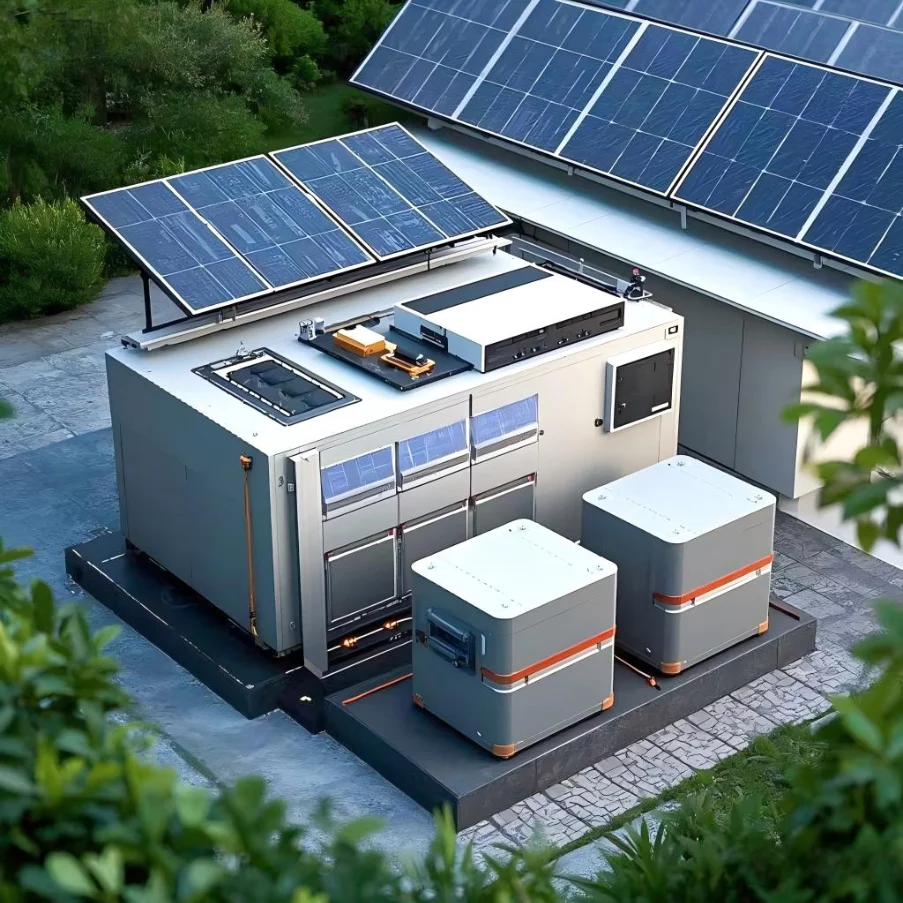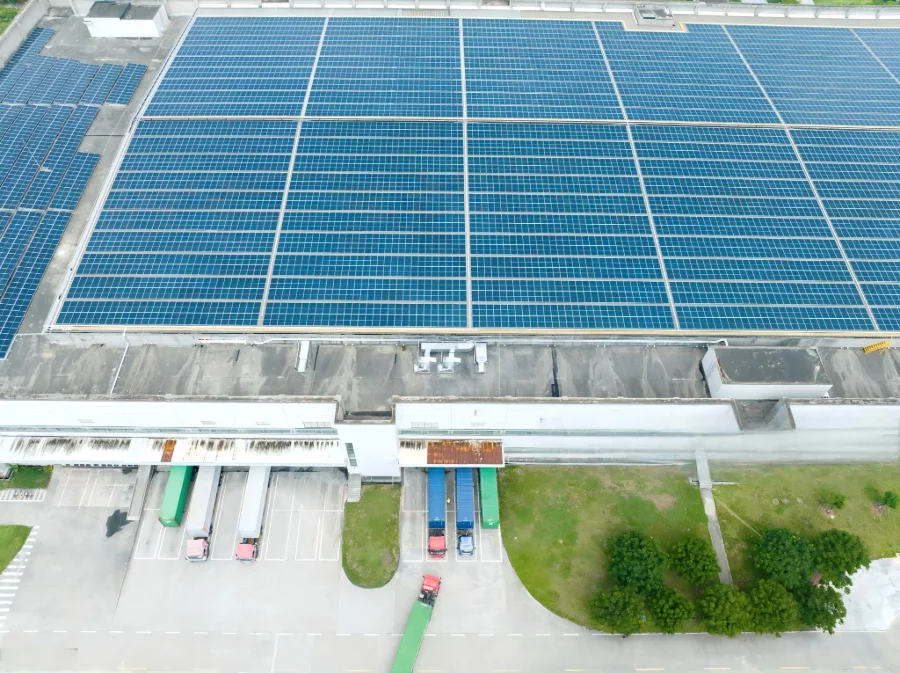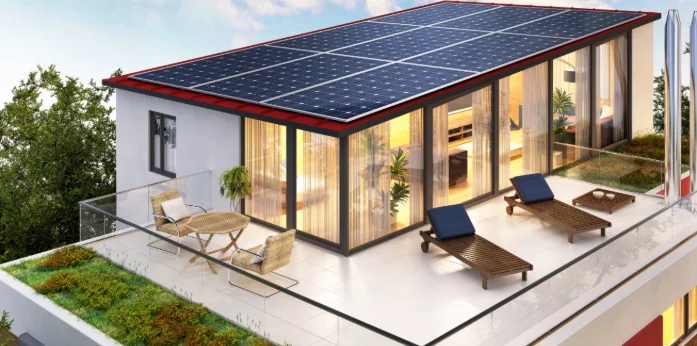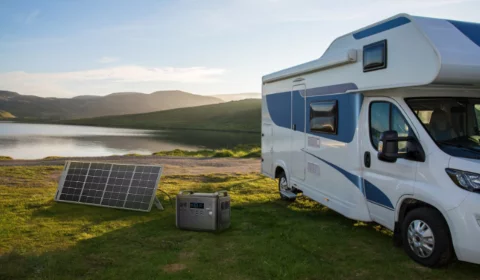Comment choisir la bonne armoire de stockage d'énergie : un guide complet, de la capacité à la technologie
Release time: 2025-05-09
Choosing the right energy storage cabinet is crucial for ensuring that your energy storage system is efficient and reliable. Here’s a comprehensive guide to help you make an informed decision, covering everything from capacity to technology.
1. Determine Your Energy Storage Needs
Before choosing an energy storage cabinet, it’s important to clearly understand your energy storage requirements:
For Home Use: How many hours of backup power do you need? Do you have a solar system? How much energy do you need to store to handle power outages or load fluctuations?
For Business Use: How much power storage does your business need? Will it support the daily operations of a factory or office, or is it to reduce peak power consumption?
Estimate Load Requirements: Calculate the daily energy consumption for your home or business, typically measured in kilowatt-hours (kWh). You need to store enough power to handle potential power outages or fluctuations in electricity prices.
2. Select the Right Capacity
The capacity of the energy storage cabinet is one of the most important factors to consider. A capacity that’s too small may not meet your needs, while one that’s too large can lead to unnecessary costs and wasted space.
For Home Use: If you’re relying on the storage cabinet for backup power, the typical capacity ranges from 5kWh to 20kWh. If you have a solar system, selecting the right storage capacity can help store excess energy generated during the day for use at night or on cloudy days.
For Business Use: Businesses generally have larger storage needs, so larger capacity storage cabinets are necessary, often ranging from 20kWh to 100kWh or more. You need to consider peak electricity usage, continuous operation time, and power demand fluctuations.
3. Consider Battery Types
- Energy storage cabinets typically use different types of batteries, each with its own advantages and disadvantages. The most common battery types are:
- Lithium-ion Batteries: The most common and efficient battery type today, with higher energy density, longer lifespan, and faster charge/discharge rates. While more expensive, they are more cost-effective over time.
- Lead-acid Batteries: A traditional battery type that is less expensive but larger in size and has a shorter lifespan. These are suitable for users with limited budgets and lower storage time requirements.
- Sodium-sulfur Batteries: Suitable for large-scale storage systems, offering higher energy density and long storage times, but are currently less widely used.
4. Understand Charge and Discharge Efficiency
Charge and discharge efficiency refers to the energy conversion efficiency during the charging and discharging process. Higher efficiency means that the stored energy is fully utilized, reducing energy waste.
Efficiency Standards: Modern energy storage cabinets typically have a charge/discharge efficiency of 90% to 98%. Higher efficiency improves energy utilization and saves on electricity costs.
5. Consider Safety Features
The safety of the energy storage cabinet is crucial, especially for the Battery Management System (BMS) and thermal management system. Ensure the system has:
Overcharge and Over-discharge Protection: Prevents the battery from being overcharged or over-discharged, which extends its lifespan.
Overtemperature Protection: Prevents overheating, which could lead to fires or battery damage.
Short Circuit and Overload Protection: Prevents electrical faults that could damage the system.
When purchasing, ask the supplier for safety certifications, such as CE or UL.
6. Budget and Cost-effectiveness
The price of energy storage cabinets varies depending on the brand, capacity, and battery type. While lithium-ion systems are more expensive upfront, their higher efficiency and longer lifespan can reduce long-term energy costs. When choosing, consider the initial investment, long-term operating costs, and potential savings on energy.
In conclusion, selecting the right energy storage cabinet requires careful consideration of various factors, from capacity and battery type to safety features and budget. By understanding your specific energy needs and the available technology, you can make an informed choice that not only enhances energy efficiency but also ensures long-term reliability and cost-effectiveness. With the right system in place, you’ll be better equipped to manage energy storage and consumption for both personal and business use.

